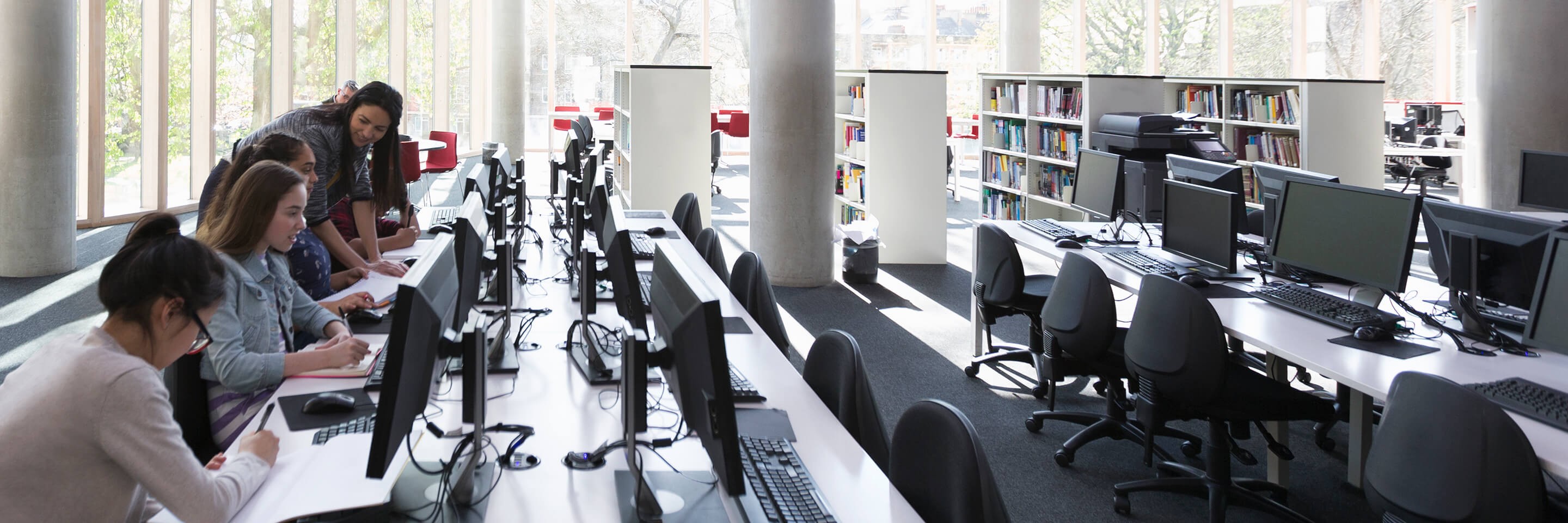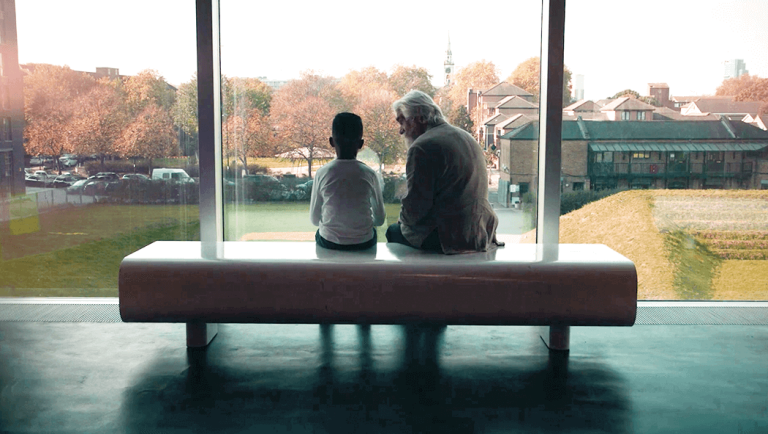The science of longer healthier lives
Two years ago, scientists at the Mayo Clinic College of Medicine and Science in Rochester, Minnesota, discovered that they could extend the average lifespan of mice by up to 35%, effectively by programming some of their cells to self-destruct.
Two images of mice that had been treated with therapeutic drugs during the study, with one mouse markedly healthier than the other, got the attention of specialists from across the world. It was a clear and easy-to-grasp illustration of the long-held theory that eliminating old, ‘senescent’ cells could significantly delay or even reverse the ageing process.
As the population of the world gets older, there is expected to be a significant increase in spending on healthcare and pharmaceuticals that help to prevent, diagnose and treat chronic illnesses and diseases.
However, over the last decade, there have been huge steps forward in bioscience and regenerative medicine, including gene therapy, stem cell research and organ regeneration, along with small molecule therapies. This has fuelled growing interest from academics and investors in the specialist area of longevity, or the science of longer living.
Longevity experts believe it could be possible to address some of the most common chronic diseases and conditions by looking at ageing itself.
Eric Verdin, CEO of the Buck Institute for Research on Aging, based in Silicon Valley, says: “This decade will be regarded as a historical inflection point for ageing research, both from a societal and scientific perspective.”
Dr Aubrey de Grey, Chief Scientific Officer at SENS Research Foundation, has been investigating novel ways of managing the ageing process for the past 25 years. His research includes examining ways to eliminate molecular waste products that accumulate inside and outside cells.
“Ageing is the process of self-inflicted damage accumulation,” he says. “Damage is the set of changes to the microscopic, molecular and cellular composition and structure of the body that eventually become too abundant; we are simply repairing and eliminating that damage before it gets to that problematic point.”
We could be at a tipping point. AgeX therapeutics is a biotechnology firm looking at how to reprogramme our bodies at a cellular level. Its researchers are trying to turn human tissue back to a younger, healthier state by applying the body’s own regenerative properties.
Michael West, CEO of AgeX Therapeutics, says: “Induced tissue regeneration could not just add years to our life, but potentially have significant applications in addressing chronic diseases.”
While a breakthrough in regenerative medicine may be years away, biotechnology experts believe deep learning and automation could soon revolutionise the search for new medicines.







